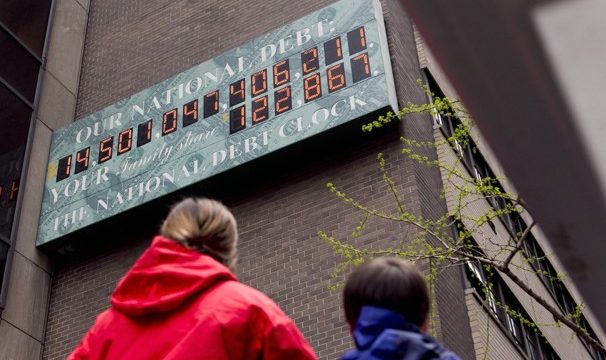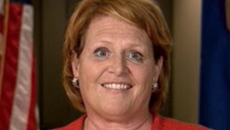It's A Spending Problem

Courtesy of Yuval Levin at National Review, here’s another look at the “fiscal cliff” deal’s impact on the nation’s debt and deficit problem:

And then there’s this comparison of spending and revenue, each as a percentage of GDP:

Going back to 1973, we’ve never been able to hold federal revenues much above about 18% of GDP now matter how hard the politicians squeeze taxpayers. That’s because markets are dynamic. The higher taxes go, the more Americans do to avoid paying them.
Our debt and deficit problems stem from the government’s inability to spend within the confines of what it’s able to raise via taxes. A lot of this has to do with voters who want lots and lots of government, but don’t want to pay for it. One way to accomplish that is for politicians to give the taxpayers that government, but ask someone else to pay for it either through tax hikes on a small minority of taxpayers (“the rich”) or, more usually, by adding it to the national debt and just not paying for it at all.
That’s called asking the kids to pay.
We’re not going to fix this problem without cutting spending. And our biggest spending problem? Health care entitlements, Medicare chief among them:








